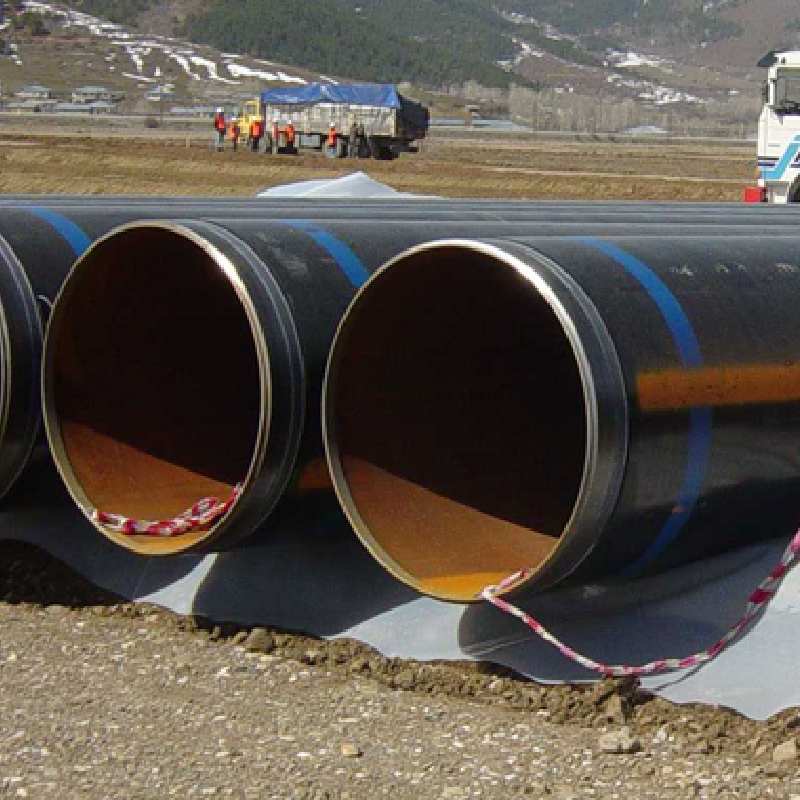-
Cangzhou Yulong Steel Co., Ltd.
-
Phone:
+86 13303177267 -
Email:
admin@ylsteelfittings.com
- English
- Arabic
- Italian
- Spanish
- Portuguese
- German
- kazakh
- Persian
- Greek
- French
- Russian
- Polish
- Thai
- Indonesian
- Vietnamese
- Zulu
- Korean
- Uzbek
- Hindi
- Serbian
- Malay
- Ukrainian
- Gujarati
- Haitian Creole
- hausa
- hawaiian
- Hebrew
- Miao
- Hungarian
- Icelandic
- igbo
- irish
- Japanese
- Javanese
- Kannada
- Khmer
- Rwandese
- Afrikaans
- Albanian
- Amharic
- Armenian
- Azerbaijani
- Basque
- Belarusian
- Bengali
- Bosnian
- Bulgarian
- Catalan
- Cebuano
- China
- China (Taiwan)
- Corsican
- Croatian
- Czech
- Danish
- Esperanto
- Estonian
- Finnish
- Frisian
- Galician
- Georgian
- Kurdish
- Kyrgyz
- Lao
- Latin
- Latvian
- Lithuanian
- Luxembourgish
- Macedonian
- Malgashi
- Malayalam
- Maltese
- Maori
- Marathi
- Mongolian
- Myanmar
- Nepali
- Norwegian
- Norwegian
- Occitan
- Pashto
- Dutch
- Punjabi
- Romanian
- Samoan
- Scottish Gaelic
- Sesotho
- Shona
- Sindhi
- Sinhala
- Slovak
- Slovenian
- Somali
- Sundanese
- Swahili
- Swedish
- Tagalog
- Tajik
- Tamil
- Tatar
- Telugu
- Turkish
- Turkmen
- Urdu
- Uighur
- Welsh
- Bantu
- Yiddish
- Yoruba

Dec . 14, 2024 17:40 Back to list
Welding Techniques and Fitting Methods for Enhanced Structural Integrity
Welding and Fitting The Cornerstones of Metal Fabrication
Welding and fitting are fundamental processes in the metal fabrication industry, playing crucial roles in construction, manufacturing, and repair. Both skills require precision, technical knowledge, and an understanding of different materials and techniques. This article will explore the significance of welding and fitting, the various methods and equipment involved, and the importance of safety and quality in these processes.
Understanding Welding
Welding is a fabrication process that joins materials, usually metals or thermoplastics, by using high heat to melt the parts together and allowing them to cool, causing fusion. There are several methods of welding, each suitable for different applications and materials
1. MIG Welding (Metal Inert Gas) MIG welding is a popular method that uses a continuous wire feed as an electrode and an inert gas, such as argon or carbon dioxide, to protect the weld from contamination. It's known for its speed and versatility, making it ideal for various applications, from automotive repairs to industrial machinery construction.
2. TIG Welding (Tungsten Inert Gas) TIG welding uses a non-consumable tungsten electrode to produce the weld. This method allows for greater control over the welding process, making it suitable for thinner materials and critical applications, such as aerospace and medical equipment. TIG welding results in high-quality, clean welds but requires a higher level of skill compared to MIG welding.
3. Stick Welding (Shielded Metal Arc Welding) Stick welding involves using a consumable electrode coated in flux to produce the weld. While it's one of the oldest welding methods, it remains popular due to its versatility and ability to work on rusted or dirty steel surfaces. Stick welding is commonly used in construction and repair work.
4. Flux-Cored Arc Welding (FCAW) Similar to MIG welding, FCAW uses a tubular wire filled with flux, which generates a shielding gas when heated. This method is effective for thick materials and outdoor applications, as it can work in windy conditions.
welding and fitting

The Art of Fitting
Fitting, on the other hand, involves the preparation and alignment of metal parts before welding. It requires an understanding of geometry and an eye for detail to ensure that all components fit together seamlessly. The fitting process includes measuring, cutting, and assembling parts, often using tools such as jigs, clamps, and fixtures to hold the pieces in place.
The importance of fitting cannot be overstated. Properly fitted components ensure that the welds are strong and reliable, reducing the risk of failure in the final product. Inadequate fitting can lead to misalignments and defects, compromising safety and performance.
Safety and Quality Control
Safety is paramount in welding and fitting processes. Welders are exposed to various hazards, including intense light, heat, and toxic fumes. Protective equipment such as helmets, gloves, and flame-resistant clothing is essential to safeguard against these dangers. Furthermore, proper ventilation and exhaust systems should be in place to minimize exposure to harmful substances.
Quality control is another critical aspect of welding and fitting. Ensuring that welds meet specific standards and codes helps prevent failures and maintains the integrity of structures. Various testing methods, including visual inspections, ultrasonic testing, and x-ray inspections, are employed to assess the quality of welds and fittings.
Conclusion
In conclusion, welding and fitting are integral to the metal fabrication industry. The diversity of welding methods and the art of fitting ensure that various projects, from small repairs to large industrial constructions, are executed with precision and care. By adhering to safety protocols and maintaining rigorous quality control, professionals in this field can produce reliable, high-quality results. As technology advances and new materials emerge, the importance of skilled welding and fitting will continue to grow, shaping the future of manufacturing and construction. Understanding and mastering these processes is essential for anyone looking to succeed in the metalworking industry.
Latest news
-
ANSI 150P SS304 SO FLANGE
NewsFeb.14,2025
-
ASTM A333GR6 STEEL PIPE
NewsJan.20,2025
-
ANSI B16.5 WELDING NECK FLANGE
NewsJan.15,2026
-
ANSI B16.5 SLIP-ON FLANGE
NewsApr.19,2024
-
SABS 1123 FLANGE
NewsJan.15,2025
-
DIN86044 PLATE FLANGE
NewsApr.19,2024
-
DIN2527 BLIND FLANGE
NewsApr.12,2024
-
JIS B2311 Butt-Welding Fittings LR/SR 45°/90° /180°Seamless/Weld
NewsApr.23,2024











